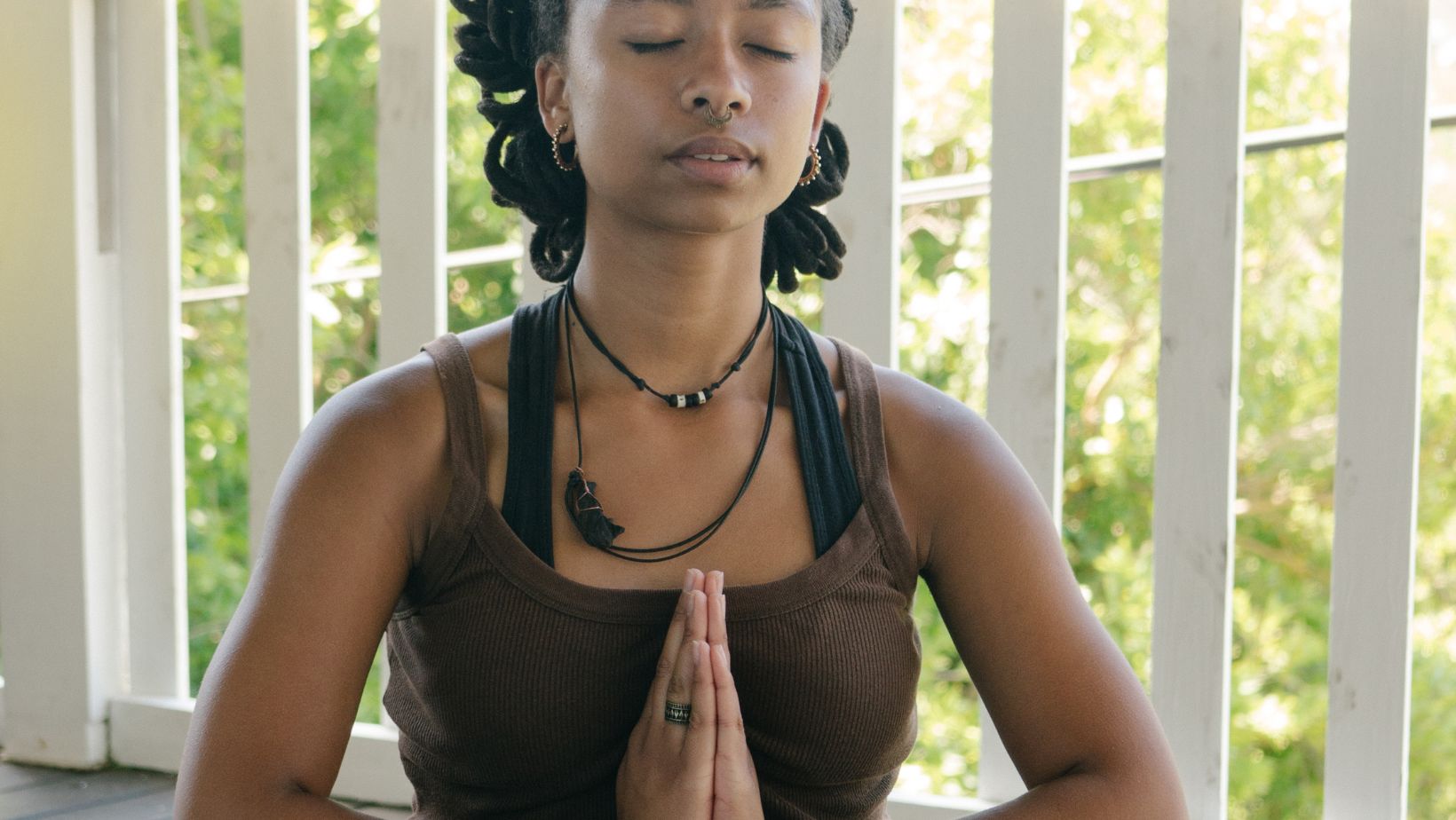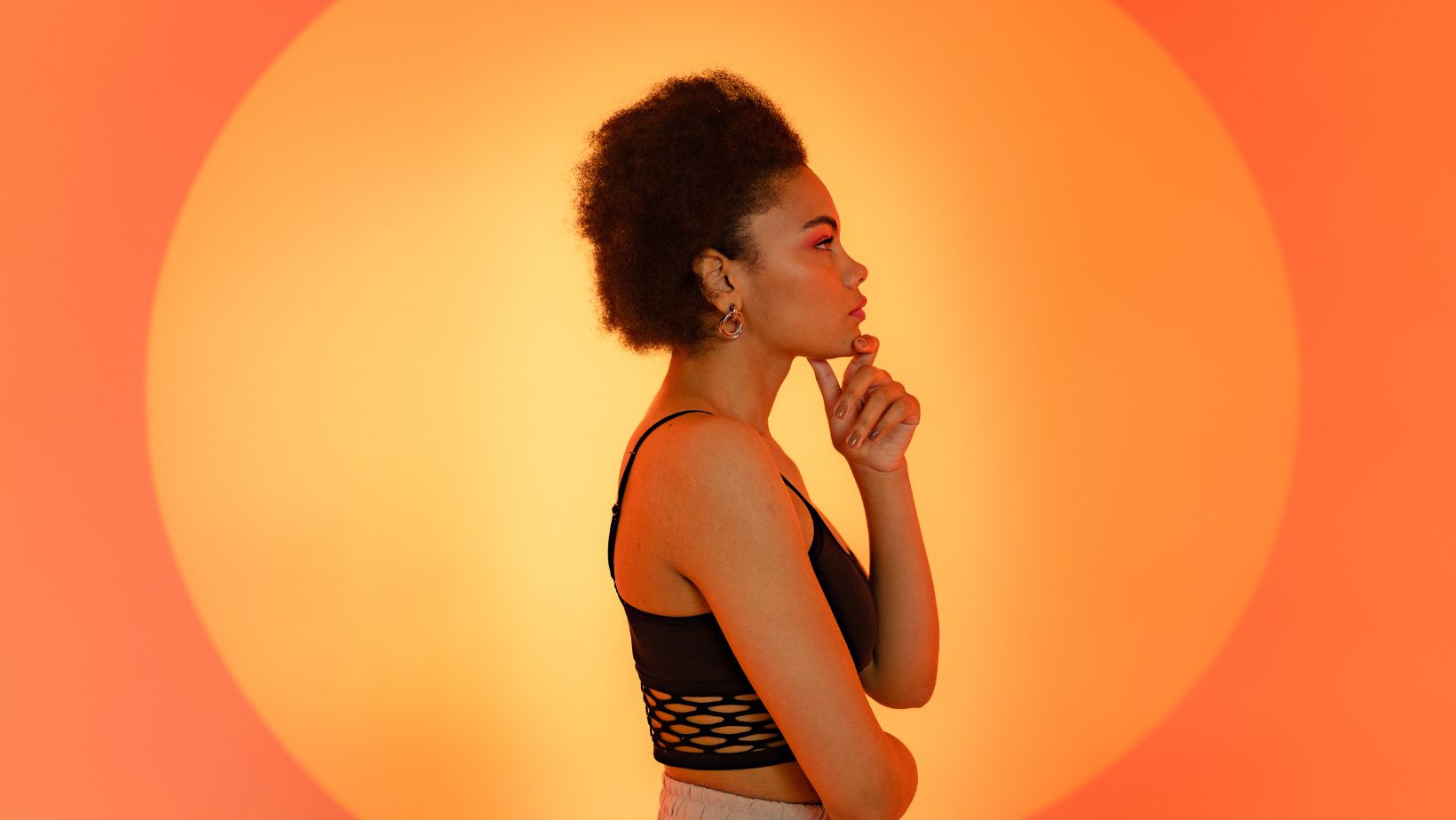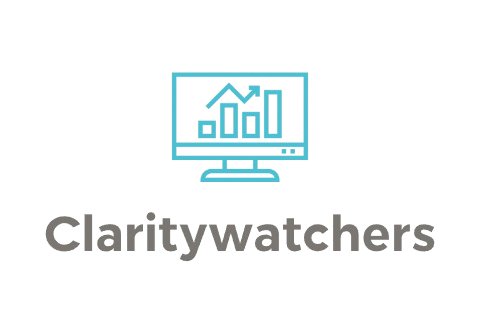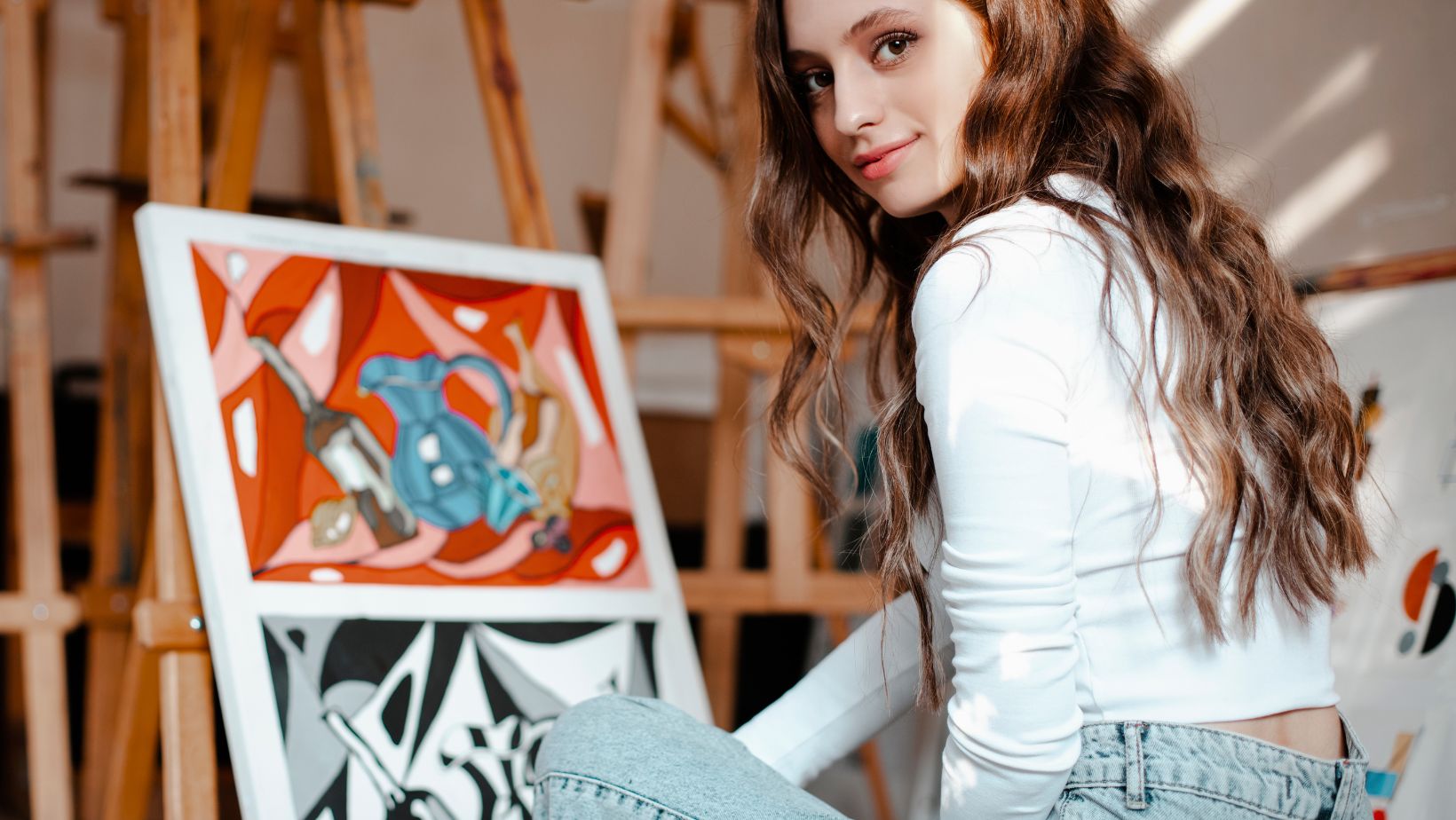Creativity, often viewed as a mystical gift or an unpredictable spark, actually thrives in an environment where the mind feels safe, centered, and balanced. From painters to poets, inventors to musicians, the ability to create something original often stems not just from talent but from a state of mental wellness. This link between psychological balance and artistic expression is more than a poetic idea—it’s a well-documented phenomenon backed by neuroscience and psychology.

When the mind is free from excessive stress and mental clutter, it can move into a state of flow, a term popularized by psychologist Mihaly Csikszentmihalyi. In this flow state, individuals lose track of time, become deeply immersed in their work, and often produce their most innovative ideas. But achieving this state consistently requires more than just inspiration—it demands intentional care of one’s mental well-being.
The Science Behind Creativity and Mental Wellness
Mental health is not just about the absence of illness; it’s about cultivating resilience, emotional regulation, and cognitive flexibility. These qualities play a vital role in how creatively one can think. Stress, anxiety, and burnout can significantly narrow focus, making the brain revert to habitual thinking patterns. This limits the ability to make novel connections—the very essence of creativity.
Neuroscientific research shows that the prefrontal cortex, which is involved in complex cognitive behavior and decision-making, plays a central role in creative thinking. When we are mentally well, this region of the brain is more active and integrated with other areas such as the default mode network, which is linked to imagination, daydreaming, and spontaneous thinking. When these networks communicate fluidly, individuals are better able to draw connections between seemingly unrelated ideas—a key component of creative brilliance.
Emotional Safety as a Creative Catalyst
One of the most underrated aspects of creativity is emotional safety. Environments that allow for failure, experimentation, and personal expression often produce more original work than those that prioritize productivity or perfection. Mental wellness supports this by reducing fear-based responses and promoting curiosity-driven exploration.
Artists, writers, and designers often speak of needing a sense of internal peace to begin or complete their work. This peace is not about the absence of chaos, but the presence of a strong internal compass—developed through mindfulness, therapy, or self-reflection—that helps them navigate emotional ups and downs without losing creative momentum.
Building Creative Habits through Wellness Practices
Incorporating mental wellness into daily life is not just beneficial—it’s essential for sustained creativity. Meditation, journaling, and physical exercise are known to enhance both mental clarity and emotional regulation. These habits help to “reset” the brain, creating the space for new ideas to emerge.
Journaling, for example, is not just a therapeutic tool but a creative one. It allows individuals to externalize their thoughts, making it easier to identify patterns, refine ideas, and uncover new ones. Meanwhile, mindfulness practices such as meditation enhance attention span and reduce the noise of internal judgment, creating the ideal mental climate for artistic flow.
Even brief breaks from technology and screens have been shown to increase creative thinking. Ironically, it’s often during moments of rest or routine activities—like taking a walk or washing dishes—that flashes of insight emerge. The brain needs idle time to incubate ideas, and mental wellness strategies help reclaim that time from the demands of modern life.
Creativity in the Age of Digital Innovation
In today’s hyper-connected world, creativity is not confined to traditional media. Digital platforms offer a vast canvas for creators, from digital painting to music production and animation. While these tools amplify possibilities, they also introduce new pressures: constant comparison, content overload, and algorithm-driven visibility. That’s why mental wellness is even more critical for digital creators.
One innovative platform many creators now use is the AI art generator. These tools can rapidly visualize concepts, generate design options, or assist in overcoming creative blocks. But to truly benefit from such technology, creators must approach it with a balanced mindset—one that values originality over output and exploration over efficiency.
Unlocking Potential through Play
Playfulness is a powerful gateway to creativity, yet it’s often dismissed in adulthood. Engaging in playful activities—without specific goals—can stimulate imaginative thinking and reduce stress. When individuals give themselves permission to play, they activate different neural pathways that are crucial for divergent thinking.
In this context, creative hobbies that blend fun and function are particularly helpful. Whether it’s crafting, improvisational theater, or digital animation, engaging in play helps shift focus from outcomes to the joy of making something. This shift not only boosts mental wellness but invites innovation to surface more naturally.
Even modern video apps designed for casual creation can become tools for artistic exploration. By simplifying complex editing processes and encouraging spontaneity, they make it easier for individuals to experiment with storytelling and visual styles—without the weight of perfectionism. These apps, often perceived as entertainment tools, can quietly nurture the creative confidence of their users.
Overcoming Creative Blocks with Compassion
Creative blocks are a natural part of the artistic journey. They often arise from self-doubt, external pressure, or simply mental fatigue. Addressing them through a lens of self-compassion rather than criticism is key to regaining momentum. Mental wellness equips individuals with the emotional tools to acknowledge these blocks without identifying with them.

Therapists and coaches often suggest practices like affirmations, cognitive reframing, and visualization to help creators reconnect with their purpose. Sometimes, the most productive thing a person can do during a block is to pause, rest, and reengage with joy—rather than forcing inspiration.
The Role of Community in Creative Mental Health
No creative mind thrives in isolation for long. Supportive communities—be they physical or virtual—offer validation, feedback, and encouragement. Shared experiences help normalize the highs and lows of the creative journey and reduce feelings of alienation.
Participating in creative circles, attending workshops, or even joining online forums can contribute to both improved mental health and artistic growth. These spaces allow for the exchange of ideas, celebration of progress, and resilience-building through connection.
Conclusion
At the heart of creativity lies a mind that is allowed to wander, reflect, and imagine. Mental wellness is not a luxury for creators—it is the very foundation upon which sustainable originality is built. When individuals prioritize their emotional well-being, they unlock deeper reservoirs of inspiration, insight, and expressive power.
In an era where creative output is both highly valued and frequently commodified, nurturing the creative mind through mental wellness practices is not just wise—it’s essential. By doing so, creators not only enrich their own lives but also contribute more meaningfully to the world around them.

